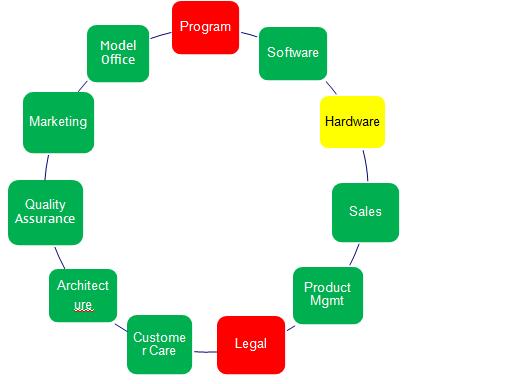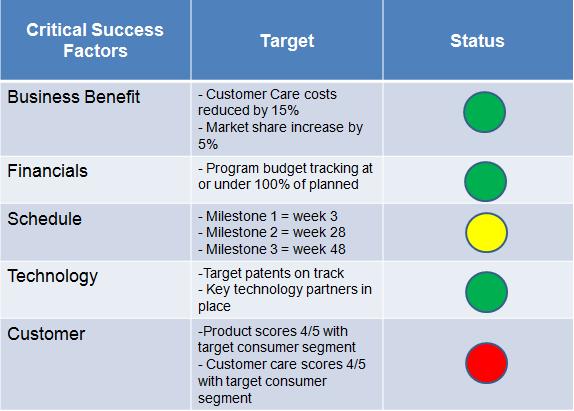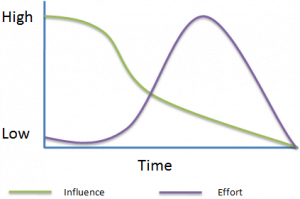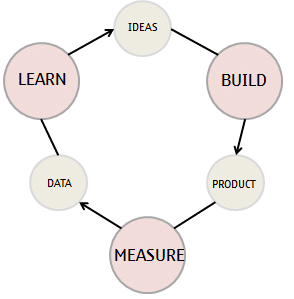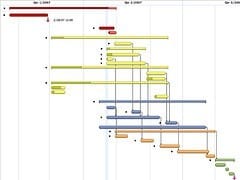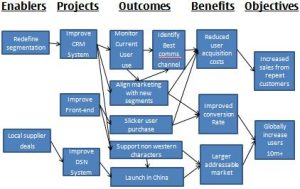In a previous post I showed how I like to display the program status, so that the overall status of the program and the status of all streams within the program is immediately visible:
This diagram is great for showing the status of the streams within the program, but it only highlights how the program is doing in terms of its schedule or execution. Leading the program team and delivering to schedule is obviously a big part of any program manager’s role, and the above diagram is excellent for displaying the status of this, but the other important part of a program manager’s role is managing the business elements and business benefits associated with the program.
To share a wider status of the program than just the schedule I like to use a balanced program scorecard.
What is a Balanced Scorecard?
Balanced Scorecards are generally used in business to provide a balanced view of how a business or business unit is performing, rather than just focusing on financials, as financial results are considered “lag” measures. By “lag” we mean that financials only tell the story of something which has happened in the past.
These days, large capital investment is often needed by organisations to deliver long-term capabilities, and financials alone miss a large part of the story as to how a company is progressing towards its long-term strategic objectives. Thus, balanced scorecards do measure financials, but they also measure additional areas where direct management intervention is possible, and the impact to the business of this direct intervention is more immediate.
More information about balanced scorecards can be found on Wikipedia.
Applying Balanced Scorecards to Programs
The balanced program scorecard can be used to show the status of the critical program success factors, and typically includes elements such as:
- Business Benefit
- Financials
- Schedule
- Technology
- Customer
But this can be changed to measure whatever is important to your program or organisation. It could be anything from environmental impact to employee satisfaction. An example of a balanced program score card is shown below:
Each row in the balanced program scorecard shows a critical business success factor for the program, the target achievement for this area, and a high-level traffic light status for the area. In this example you can see that the Business Benefit target is to reduce Customer Care costs by 15%, and to increase the products market share by 5%. As you can see from the green traffic light status, the Business Benefit being tracked by the program scorecard is proceeding to plan. A yellow traffic light status indicates that the particular target is at risk, and a red status indicates that there is a major risk or threat to achieving this target. Obviously, if you’re going to present a red status against any area to your management, then you should have supplemental material explaining what you are planning or proposing to do about the issue.
I’ve uploaded this balanced program scorecard as a ppt so you can download it and tailor it to your own needs.
In summary, the balanced program scorecard provides an excellent means to track and display the critical business success factors of the program.
